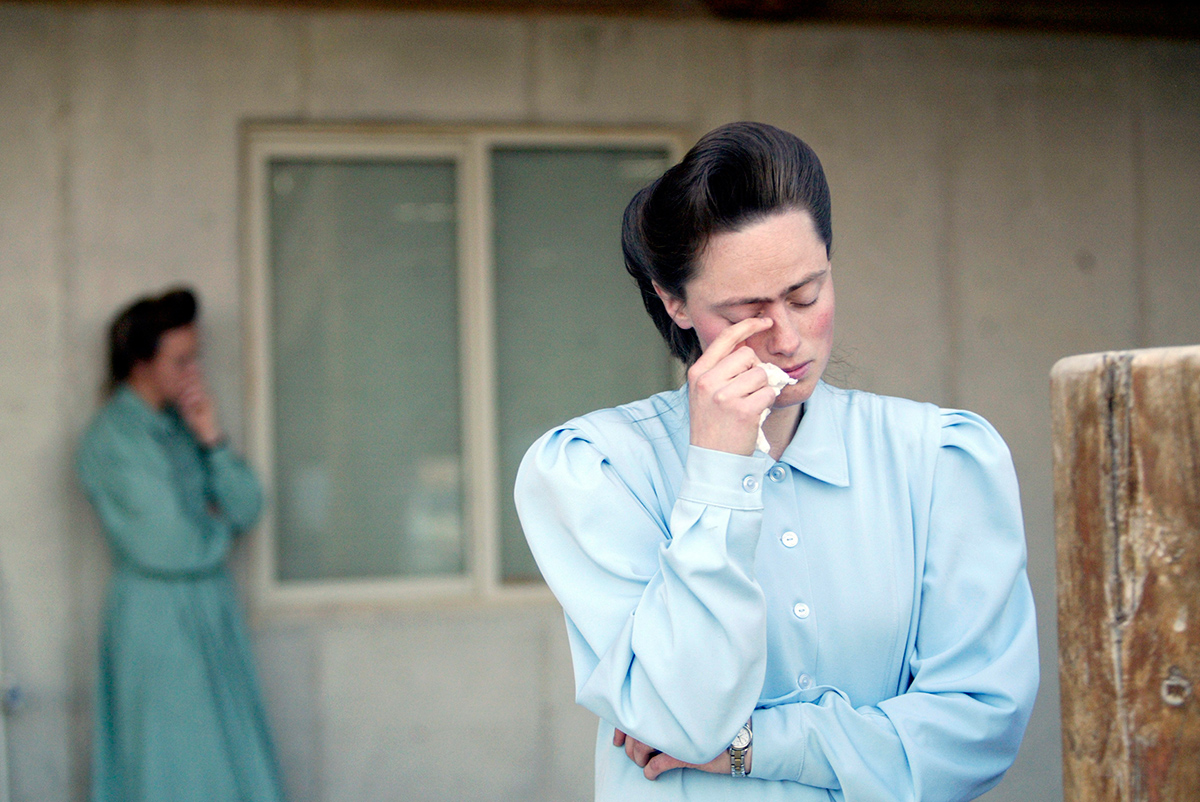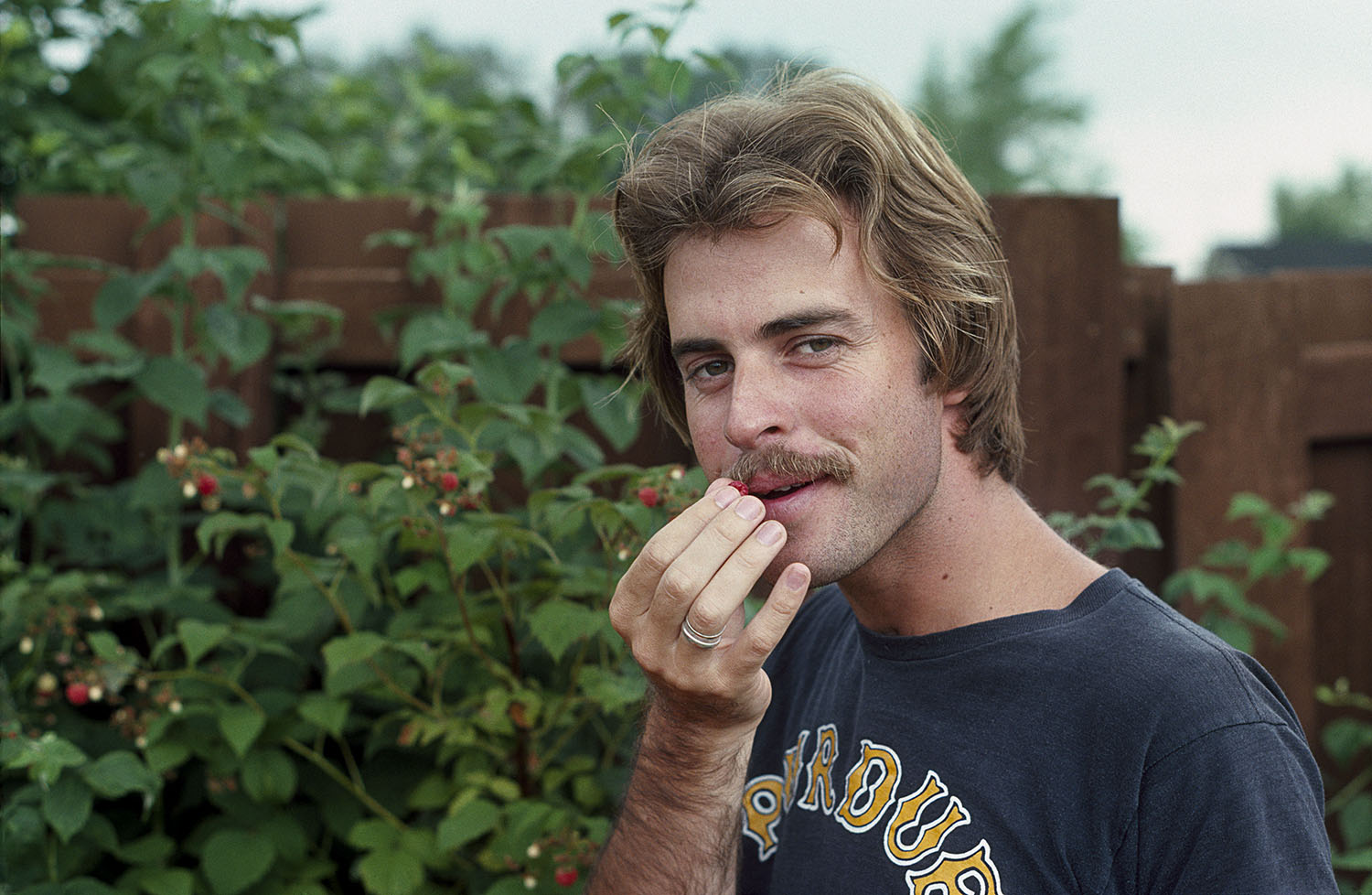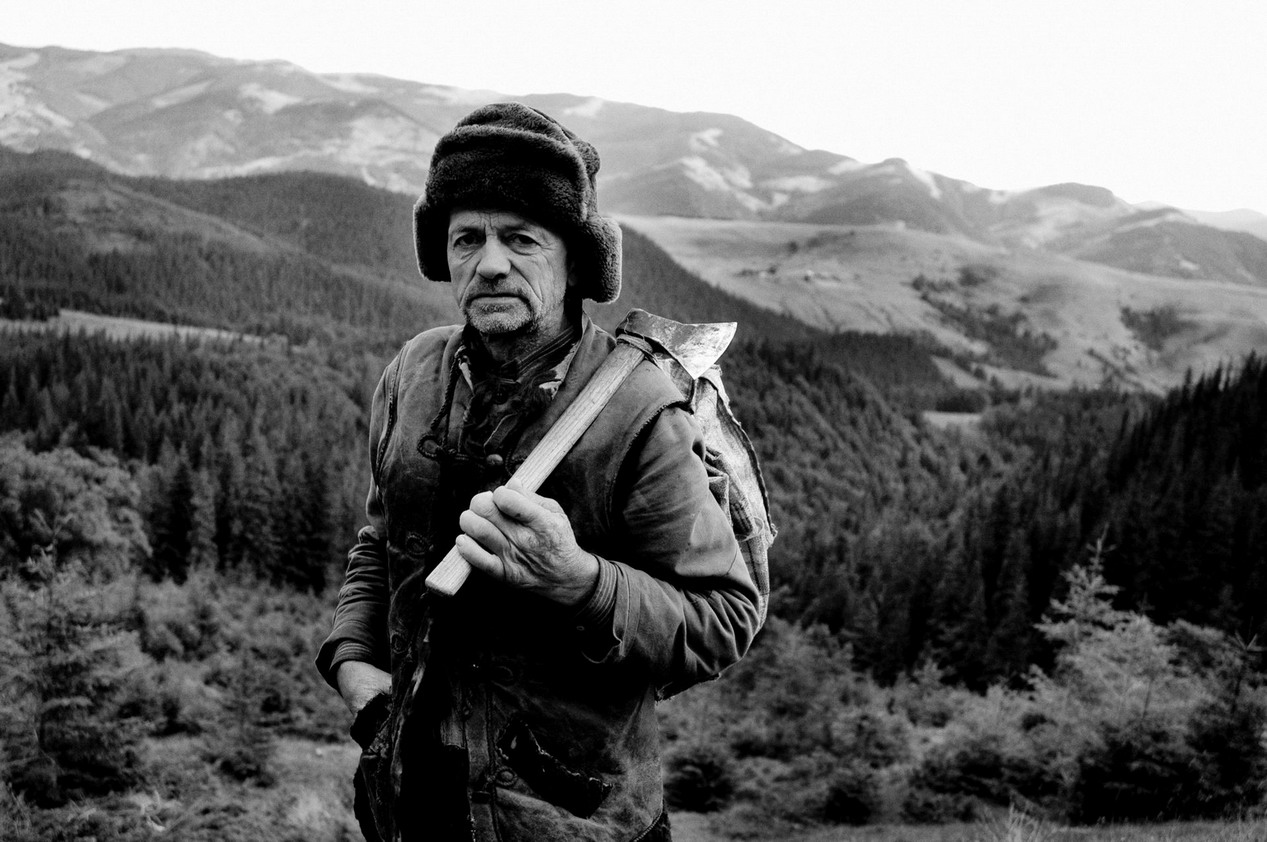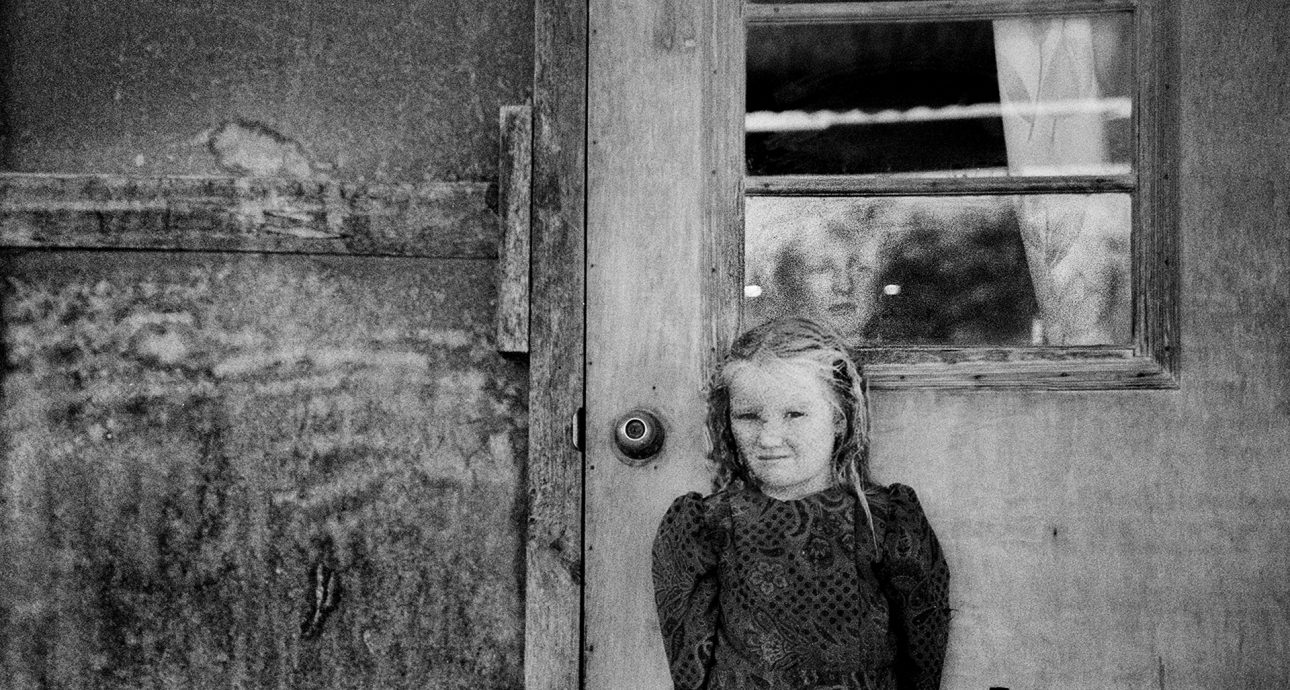
Mennonites: The Life of People Who Renounced the Benefits of Civilization
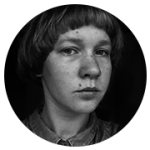
Born in Vitebsk, Belarus, lives in Moscow. Graduated from St. Petersburg State Culture Institute and Moscow Documentary Film School. Works on documentary projects as cinematographer and director. Latest works: (together with Ruslan Fedotov) and documentary musical ‘Okay, fine’.
— We first met the Mennonites half a year before we came to make a movie about them. We had a short-term project in Las Vegas, Mexico was near, so we had to use it. We decided to hitchhike across the country and find a place that would make us want to stop and document it. But our expectations were not fulfilled — the further we went, the more disappointed we were. And than we remembered that we saw the Mennonites in Silent Light by Reygadas. We did not know who those people were or where they lived, so we started to collect information about them. We found a map with Mennonite settlements marked on it and set off for the closest place.

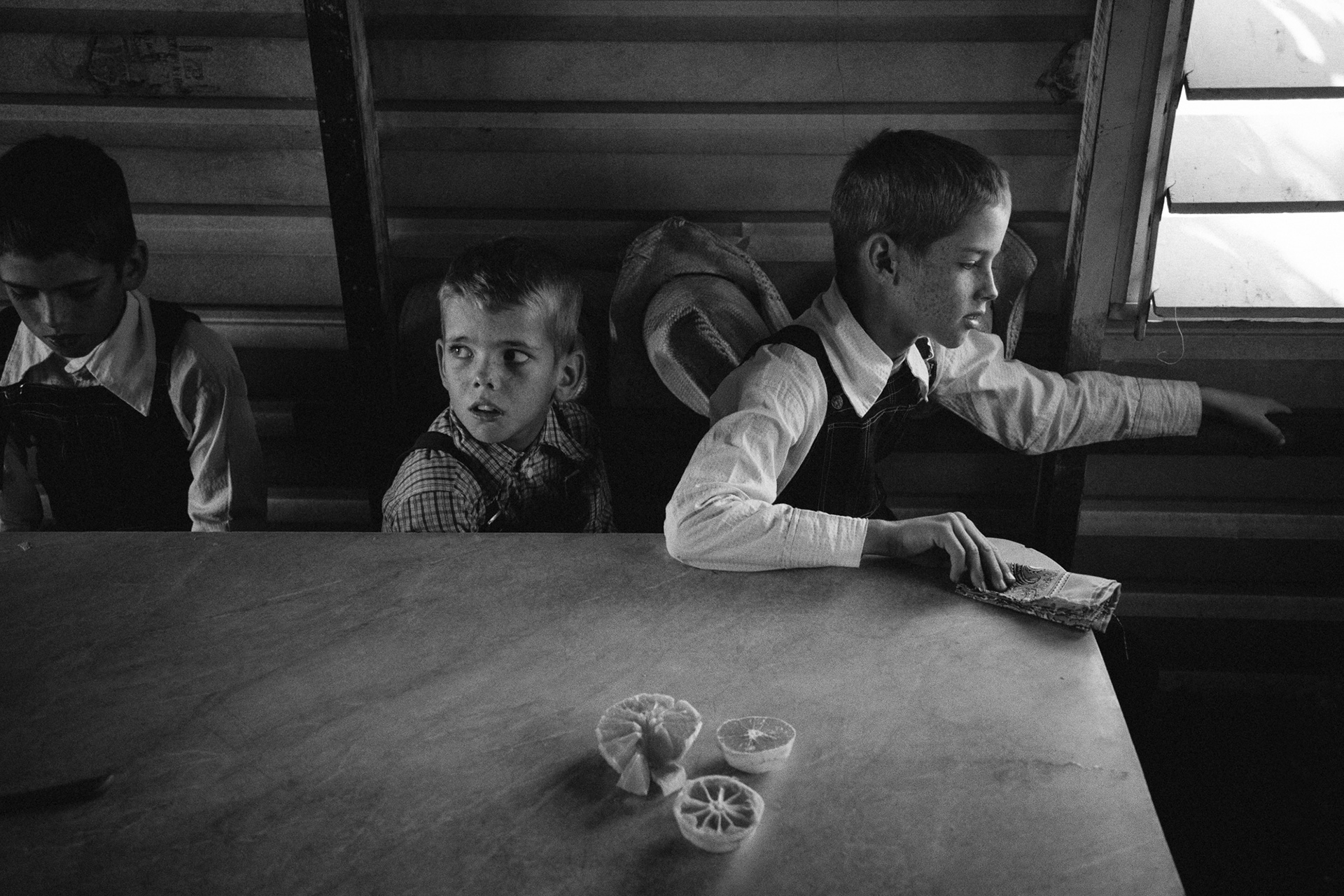
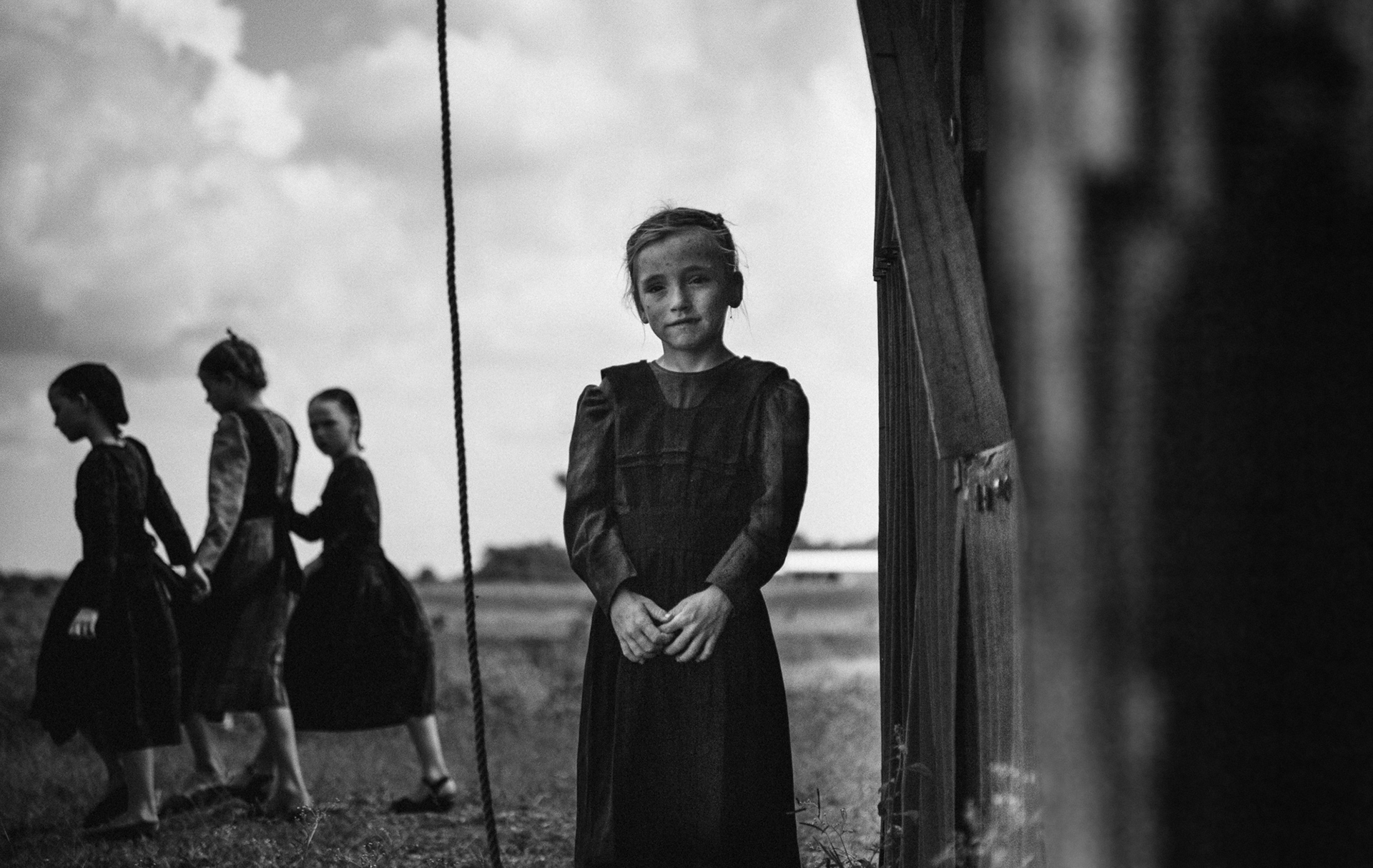
Mennonites divide into those who continue with their traditional way of life and those who started using the benefits of civilization. The former still ride horses, refuse to use electricity, mobile phones and other technology, the latter are more modern and resemble farmers.
First we came to a colony of wealthy Mennonites and met a Russian-speaking local, who told us about their ultra-conservative settlement. They were everything we were looking for: no electricity, technology, even the rubber on the rims of horse carts was prohibited.
Everything we saw there was inexplicably beautiful. We were aliens to them, and they were aliens to us, and the energy we felt when we met is impossible to describe. It was then that we realized — to make a movie, we need to prepare and come another time for longer.
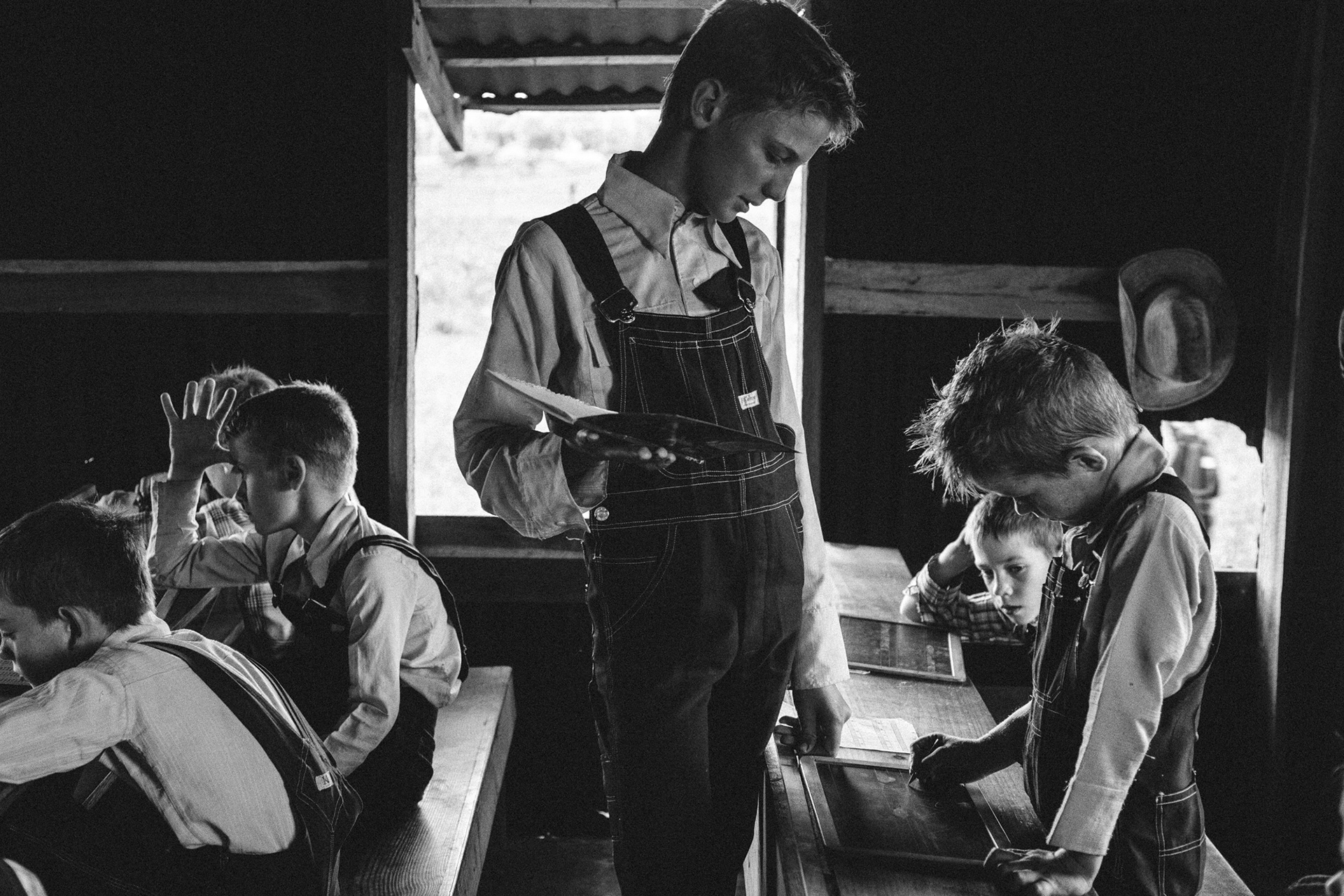
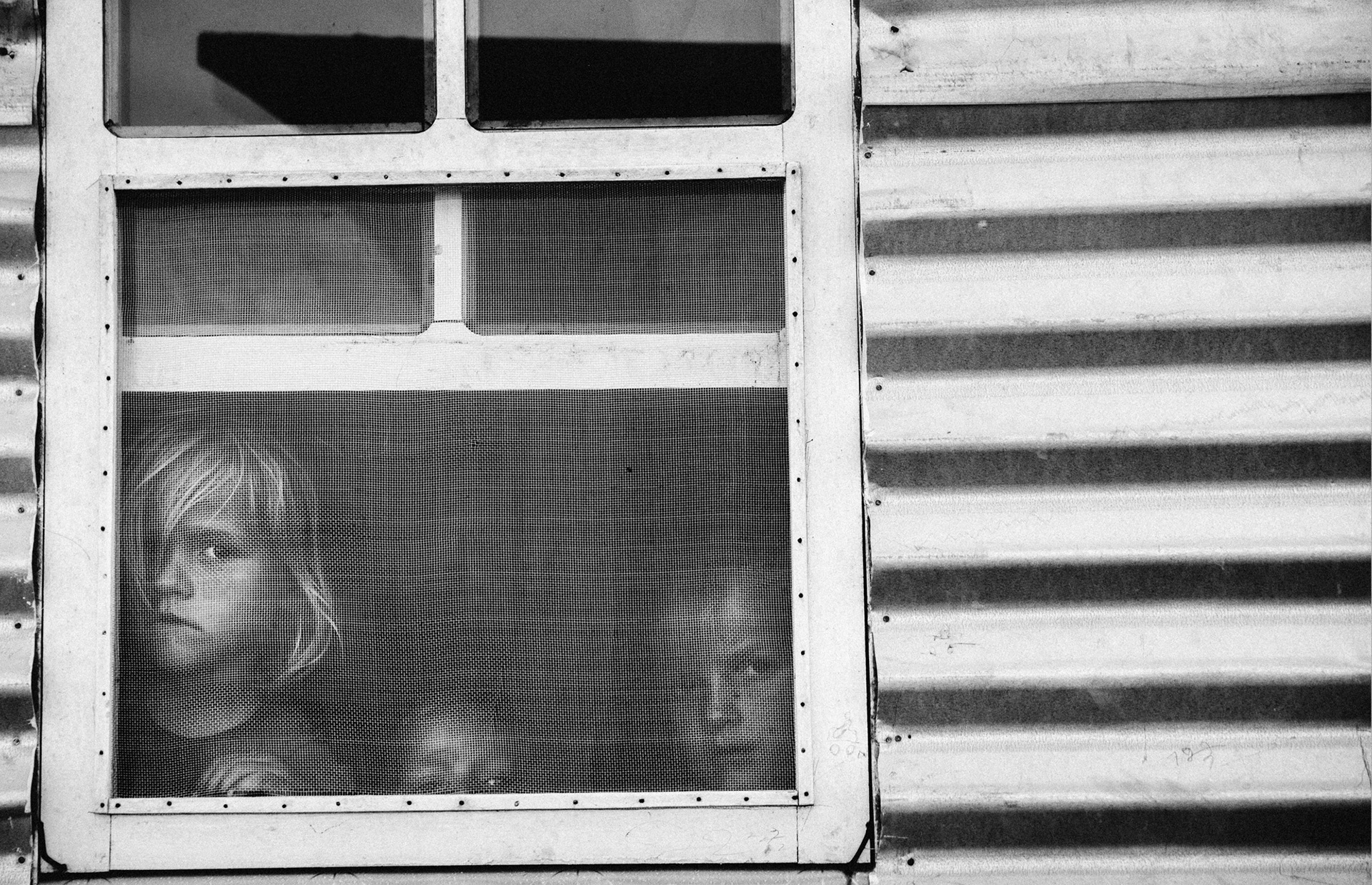
We saved money and traveled to Mexico again. We chose Salamanca, a colony where we shot the series and the movie, on Google maps from several possible options. We looked at the photographs and determined whether the settlement has electrical wiring, how many factories, shops and cars it has. We set up a tent in a forest near the colony, walked around the settlement and talked to the locals.
It was difficult for us to understand each other. They speak in Plautdietsch, a dialect of Low German, and we communicated using a mixture of English, German, and Spanish words. However, we even made friends with one of the families. And many closed their doors to us after day one of our annoying shoot.
After three weeks, the Mexican police came to visit us in the forest, and we were also tired of this story by that time. This is how it ended.
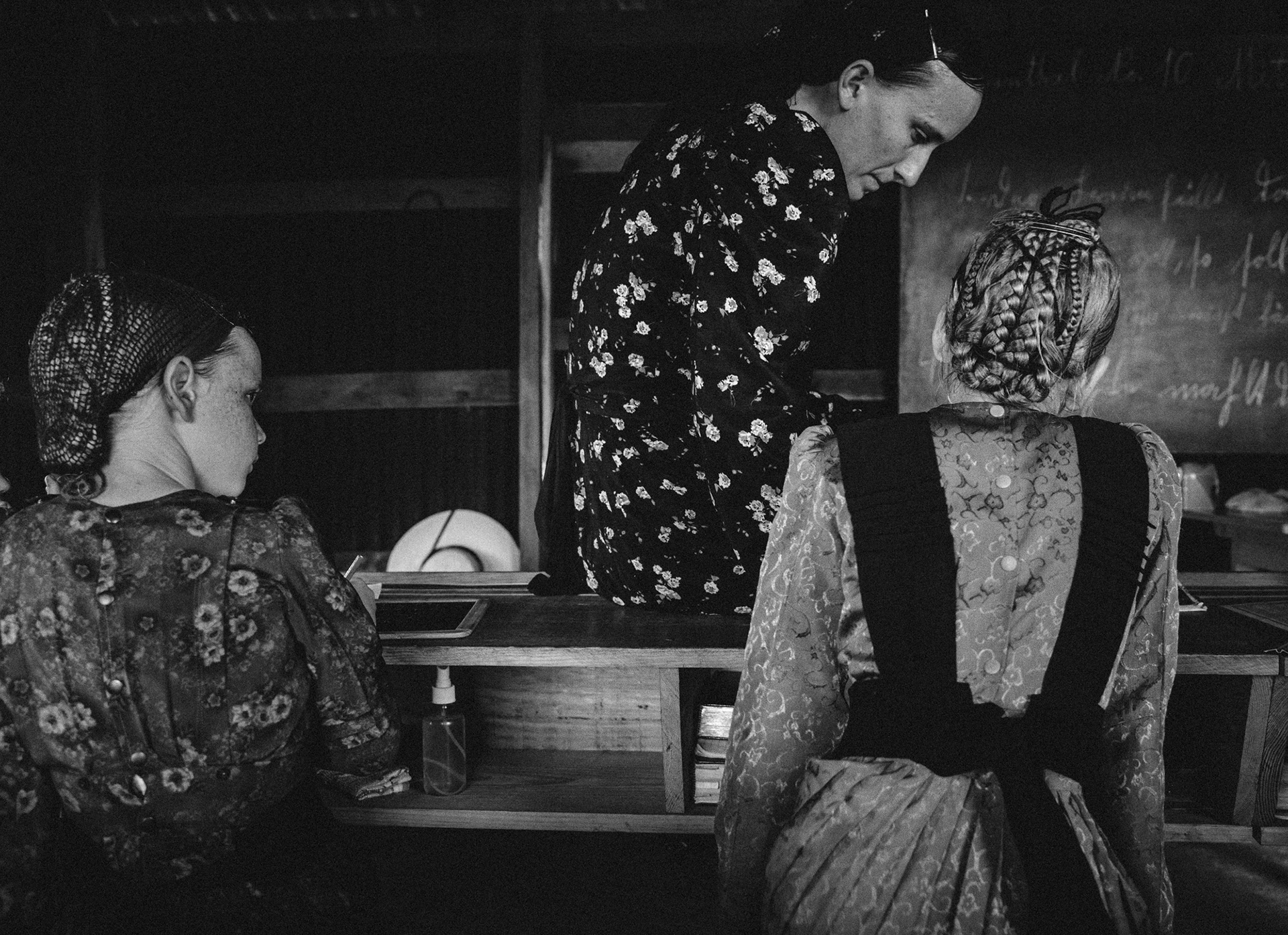
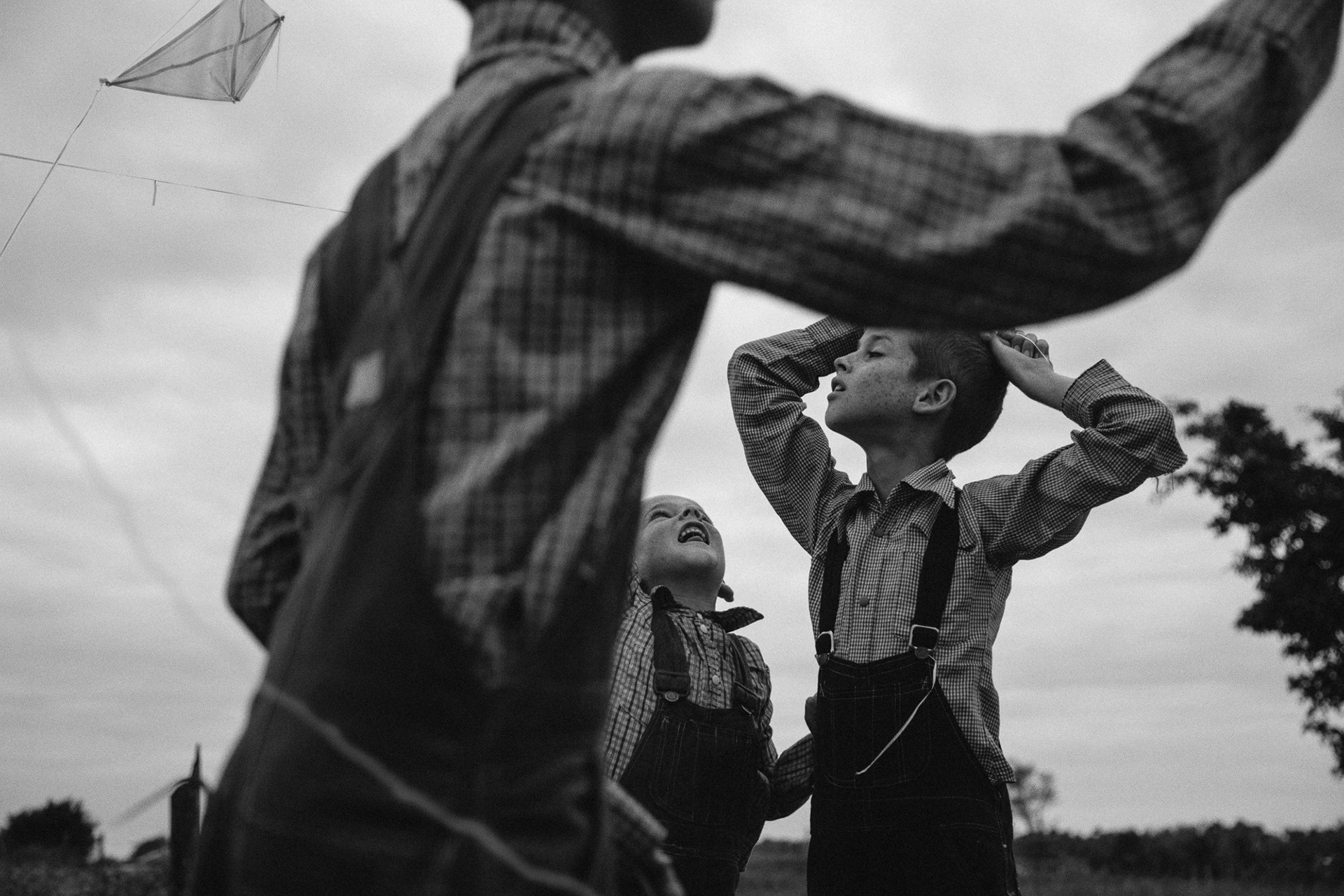
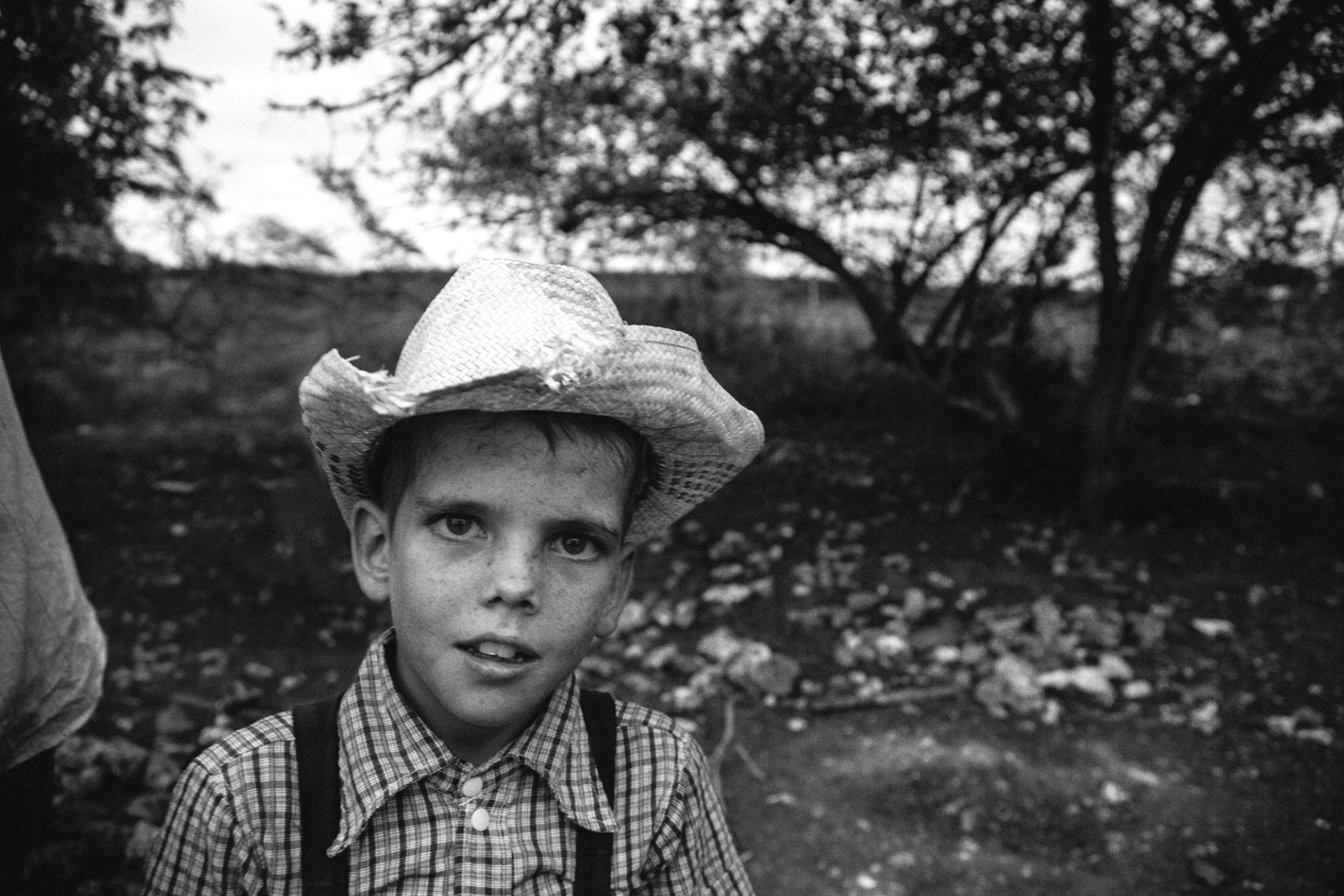
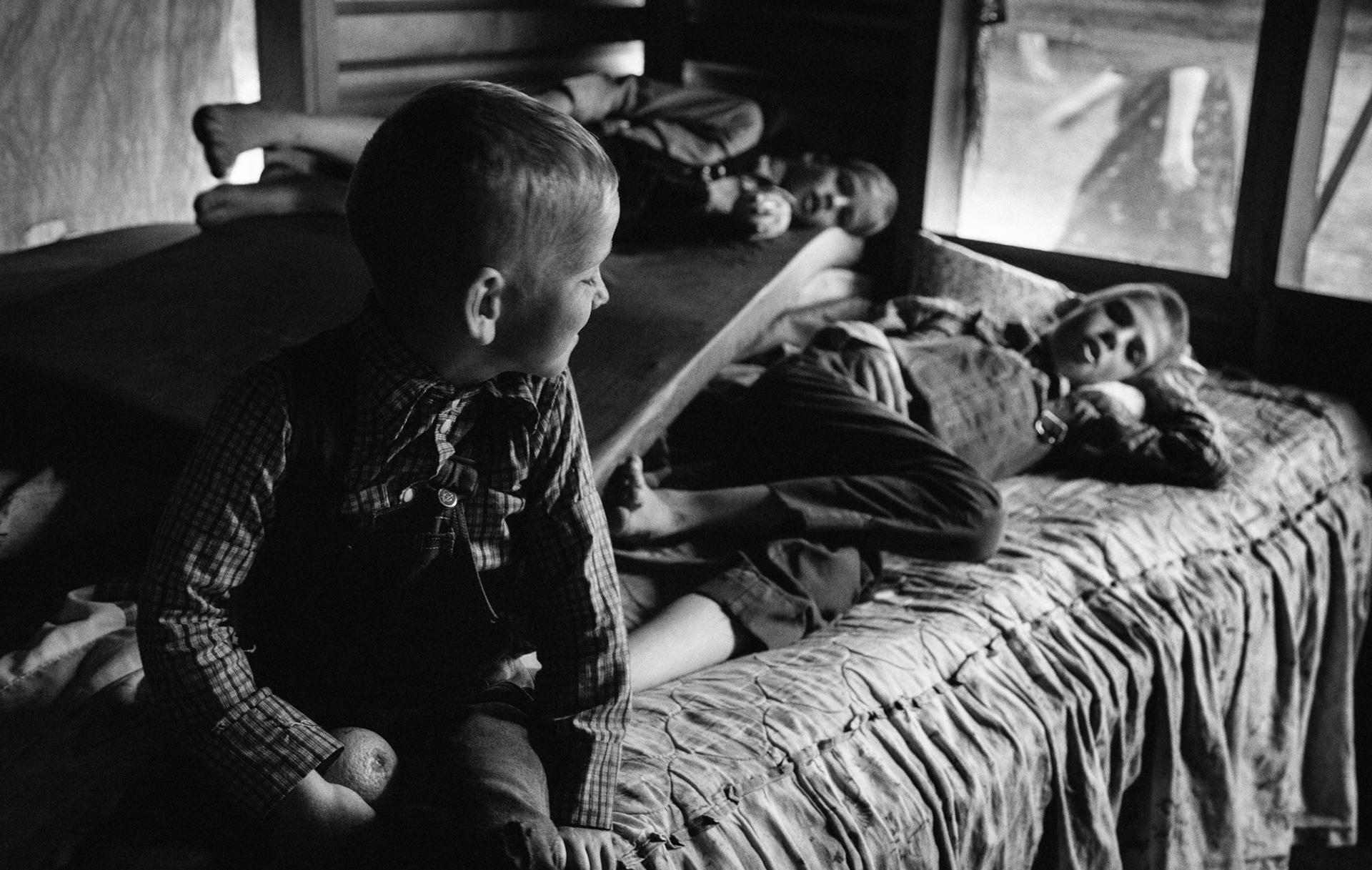
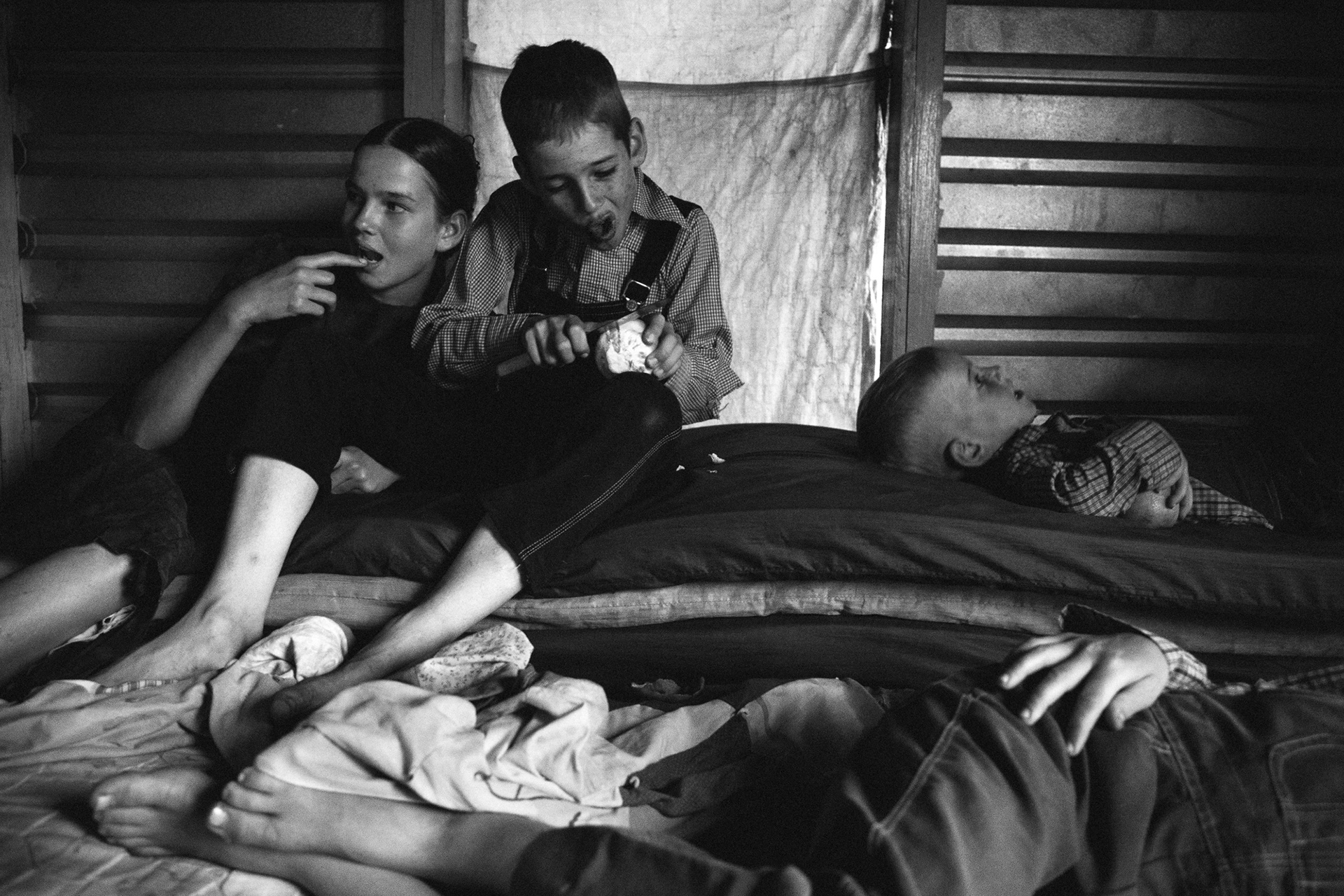
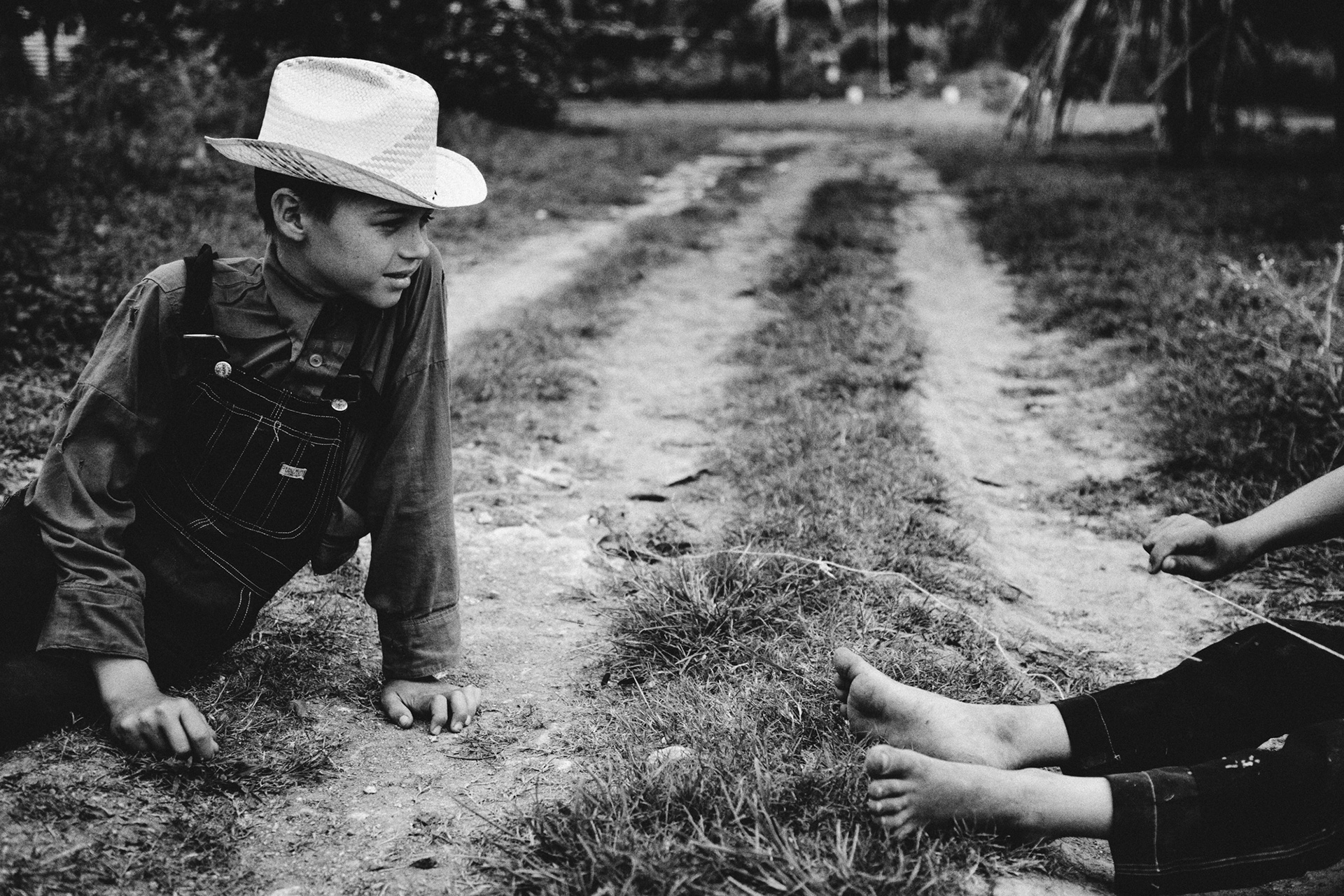
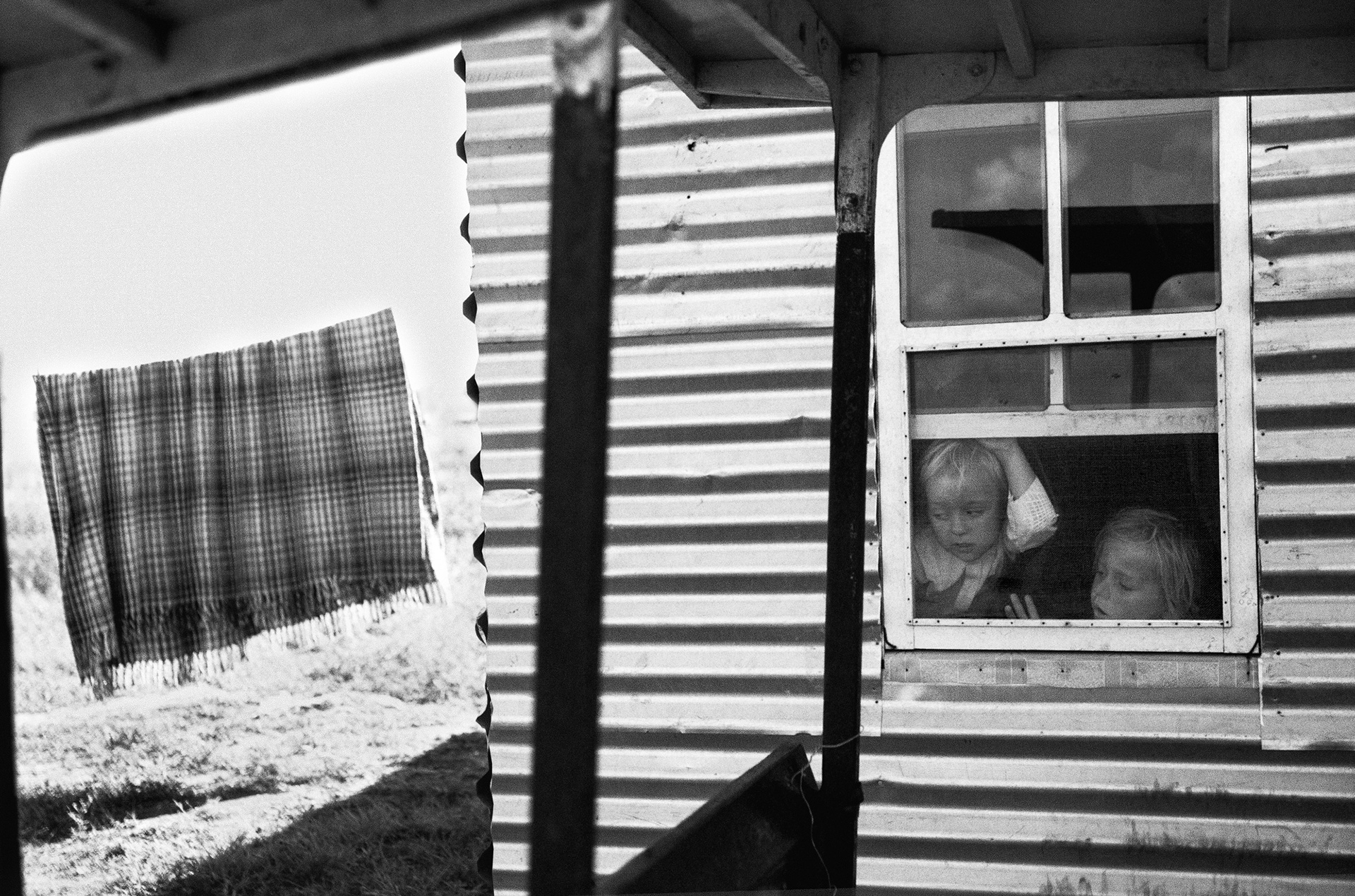
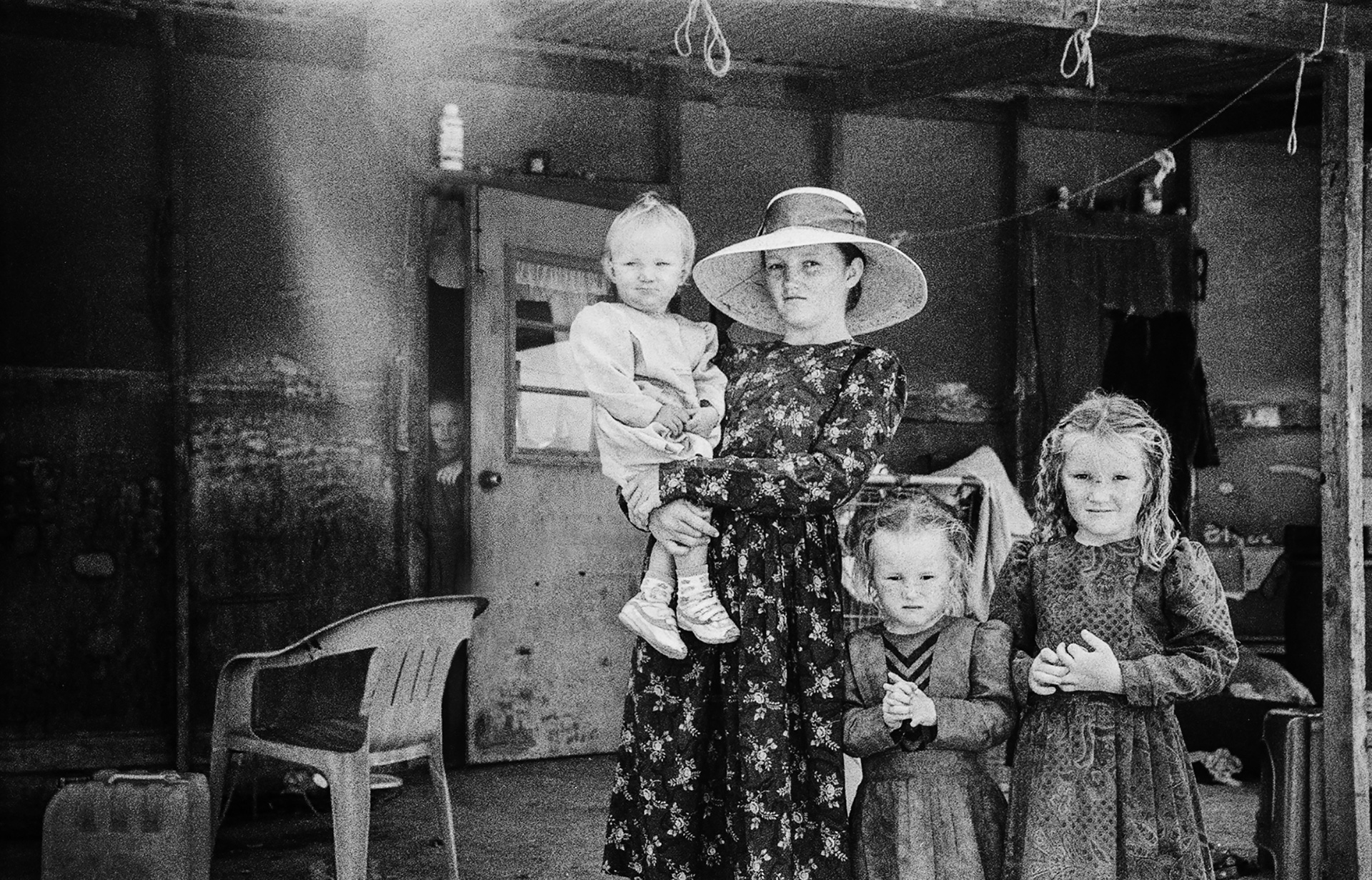
New and best


